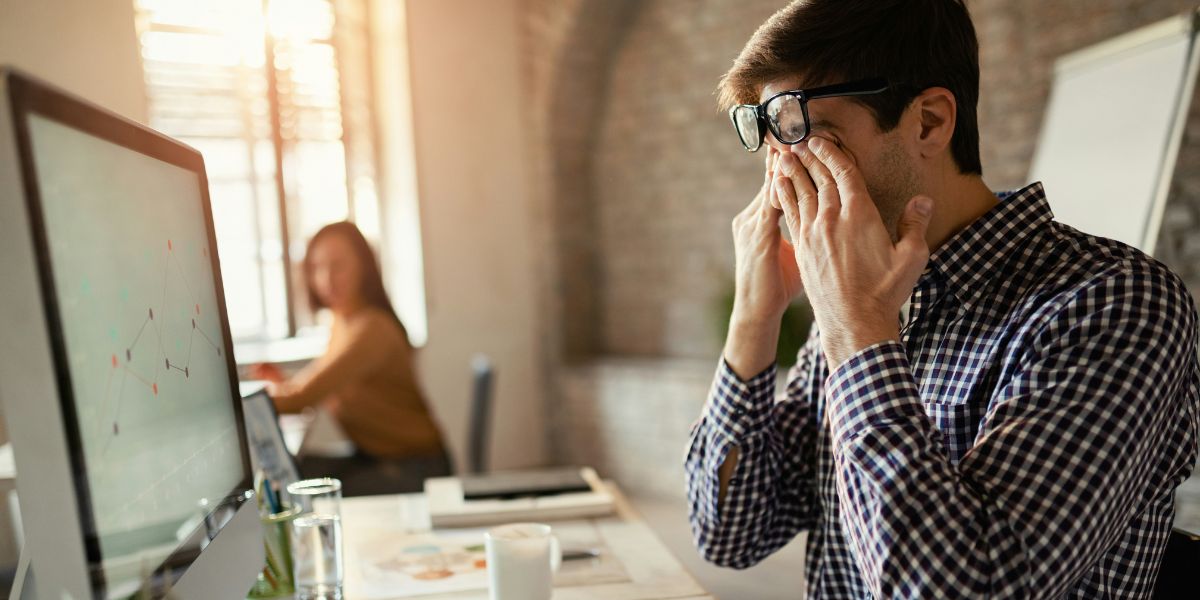Over the past three decades, office spaces have undergone significant transformations, reflecting changes in technology, work culture, and design trends. From traditional cubicles and closed-door offices to open-plan layouts and flexible workspaces, the way we work and interact in office environments has evolved dramatically. Let’s take a closer look at how office spaces have changed over the past thirty years and the factors driving these changes.
Rise of Technology
One of the most significant drivers of change in office spaces over the past three decades has been the rapid advancement of technology. With the advent of personal computers, the internet, and mobile devices, the way we work and communicate has been revolutionized, leading to a shift away from traditional paper-based processes and towards digital workflows.
Moreover, the rise of cloud computing, collaboration tools, and remote work technologies has enabled employees to work more flexibly and collaboratively, blurring the lines between physical and virtual office spaces. This shift towards digitalization has transformed the way we use and interact with office spaces, with fewer physical file cabinets, printers, and fax machines, and more digital workstations and collaborative platforms.
Changing Work Culture
Another factor influencing the evolution of office spaces is changing work culture and attitudes towards work-life balance, collaboration, and employee well-being. Over the past three decades, there has been a growing recognition of the importance of creating work environments that support employee productivity, creativity, and satisfaction.
As a result, many organizations have shifted towards open-plan layouts, flexible work arrangements, and amenities such as communal break areas, fitness facilities, and onsite cafes to create a more dynamic and engaging work environment. Additionally, there has been a greater emphasis on employee wellness programs, ergonomic furniture, and biophilic design elements to promote health and well-being in the workplace.
Embrace of Remote Work
In recent years, the rise of remote work has further reshaped the landscape of office spaces, with many companies embracing telecommuting and flexible work arrangements. Advances in communication technology, such as video conferencing and virtual collaboration tools, have made it easier for employees to work remotely and stay connected with colleagues regardless of their physical location.
This shift towards remote work has led to a reevaluation of the role of the traditional office space, with many companies reducing their physical footprint or adopting hybrid work models that combine remote and in-person work. As a result, office spaces are increasingly being designed to support collaboration, innovation, and team building activities, rather than simply providing individual workstations or cubicles.
Focus on Collaboration and Creativity
In response to changing work dynamics and the rise of knowledge-based industries, office spaces have become increasingly focused on fostering collaboration and creativity among employees. Rather than isolated workstations or private offices, many modern offices feature open-plan layouts, shared workspaces, and collaborative areas designed to facilitate interaction and idea sharing among team members.
Moreover, there has been a greater emphasis on creating flexible and adaptable spaces that can accommodate different workstyles and activities, from brainstorming sessions and team meetings to focused individual work and relaxation. This shift towards collaborative workspaces reflects a broader trend towards more agile and innovative work environments that prioritize collaboration, creativity, and adaptability.
Sustainable Design and Environmental Responsibility
In recent years, there has been a growing emphasis on sustainability and environmental responsibility in office design and construction. With increasing awareness of climate change and resource depletion, many companies are incorporating green building practices, energy-efficient technologies, and sustainable materials into their office spaces to minimize their environmental impact.
From LEED-certified buildings and green roofs to energy-efficient lighting and HVAC systems, sustainable design features are becoming increasingly common in modern office spaces. Additionally, there is a growing trend towards incorporating biophilic design elements, such as natural light, indoor plants, and greenery, to create healthier and more inspiring work environments that reconnect employees with nature.
Office Spaces Reflect the Times
In conclusion, the evolution of office spaces over the past three decades reflects changes in technology, work culture, and design trends, as well as a growing emphasis on collaboration, creativity, and sustainability. From traditional cubicles and closed-door offices to open-plan layouts and flexible workspaces, the way we work and interact in office environments has evolved to meet the needs of a changing workforce and a rapidly evolving business landscape.
Looking ahead, office spaces are likely to continue evolving in response to emerging technologies, shifting work dynamics, and evolving employee preferences. By embracing flexible work arrangements, fostering collaboration and creativity, prioritizing employee well-being, and incorporating sustainable design principles, companies can create office spaces that support productivity, innovation, and employee satisfaction in the years to come.







